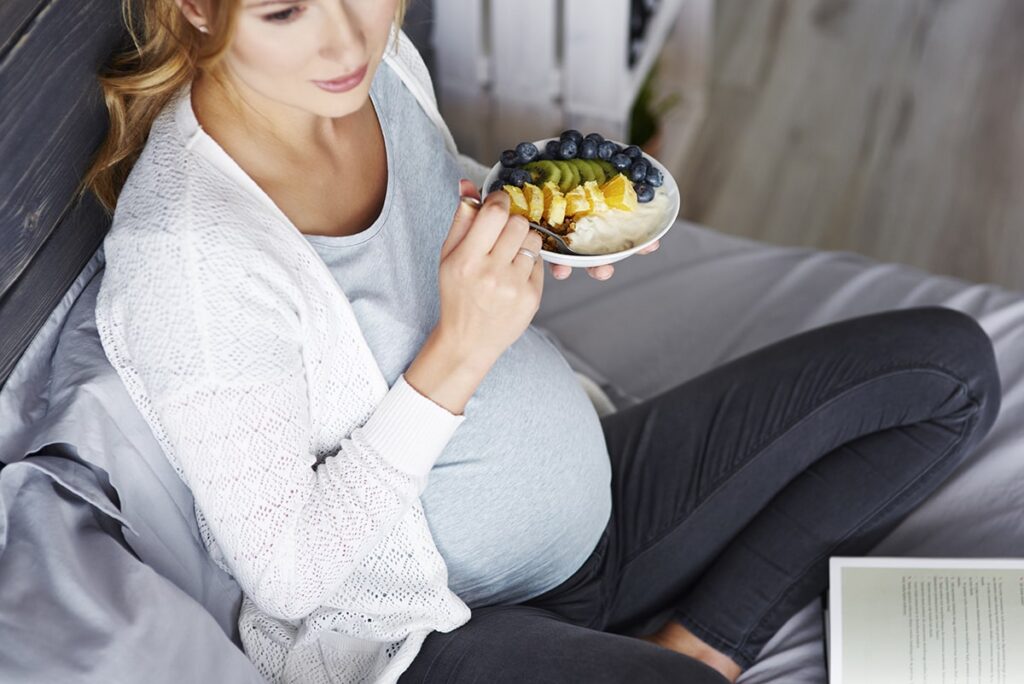On average, how long can women keep a secret? How many words does the average woman say per day? Get answers to these and other questions in this collection of facts about women!
1. infidelity
Attribution: Pixabay.com

A statistic about infidelity shows that 68% of women say they would have an affair if they were sure it wouldn’t be discovered. The same statistic reveals that 14% of married women admit to cheating on their husband at least once.
2. Secrets

In UK study from 2009 showed that the average time women can keep a secret is 47 hours and 15 minutes. So, after almost 48 hours, the stronger sex can’t resist telling the secret to at least one person. The study also found that 4 out of 10 women are unable to keep a secret at all – no matter how personal or confidential it is. Unsurprisingly, it was also found that alcohol significantly aids in the disclosure of secrets.
3. Births

Not much is known about Mrs. Vassilyev; neither her first name, maiden name, date of birth or date of death, but it is known that she was married to the farmer Feodor Vassilyev and that they lived together in the city of Shuya in Russia. Together, the two allegedly had 69 children, 67 of which survived infancy. The children were born in 16 sets of twins, 7 sets of triplets and 4 sets of quadruplets. What makes this all the more incredible is that her husband (Feodor) later had 6 sets of twins and 2 sets of triplets with another woman – making him the father of 87 children. Of these, 82 are said to have survived infancy. Although the veracity of these “feats” has been questioned several times, the records can be found in the Guinness Book of Records.
4. Bra sizes

80 – 85% of women wear bras in sizes that don’t fit them. This is mainly due to two things: 1) bra sizing standards vary widely, making it difficult to find the right size and 2) many women find a bra size that seems to be the right size and stick with it for a long time.
5. Clothing

On average, women spend 287 days of their lives choosing what to wear. Most spend time choosing clothes whether they’re going to work, out on the town, out to dinner, on vacation, to the gym, or any of the many other activities that fill their lives. The survey that underpins the calculation also concluded that every second woman tries on two outfits every morning before making the final decision on the outfit of the day.
6. High heels

High heels emerged in the 17th century among the European aristocracy as a sign of status. The logic behind the shoes was that the only people who could wear this impractical footwear were those who didn’t have to work. Women’s shoes started wearing high heels in an attempt to usurp the power of men. At the same time, there were women who cut their hair short, used shoulder pads (to broaden their shoulders) and smoked pipes – all to appear more masculine and therefore more powerful.
7. Words

It’s no secret that women speak more than men – but 13,000 words more on average is the most accurate measurement ever. A group of American researchers believe the difference is due to a protein in the brain called ‘Foxp2’ (or the “language protein”), which is generally found in higher levels in women than in men. The researchers have also be able to determinethat there are individual differences in protein levels from woman to woman – and that women with the highest levels of Foxp2 are the most vocal.
8. Pregnancy

Some pregnant women develop a craving for non-food items. How strong the cravings are depends a lot on the individual woman and the individual pregnancy. The condition is also known as ‘pica’ and is sometimes caused by a lack of minerals such as iron or zinc.


